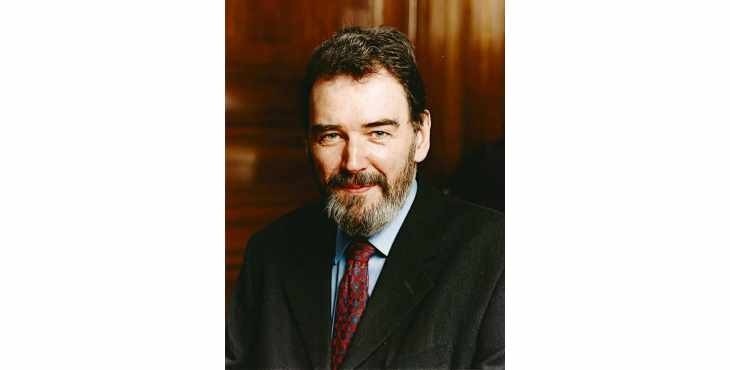DIVERSITY AND INCLUSIVITY HAS ALWAYS BEEN FUNDAMENTAL TO FREEMASONRY
THE HAPPY MEANS
WE HEAR A GREAT DEAL ABOUT DIVERSITY AND INCLUSIVITY THESE DAYS BUT, AS DIRECTOR OF SPECIAL PROJECTS JOHN HAMILL EXPLAINS, THEY ARE IN THE FOUNDATIONS OF FREEMASONRY
There are many theories about the origins of Freemasonry. The one that I favour suggests that it was formed and developed by a group of men who, knowing what divided people, were looking for a means of bringing men of diverse backgrounds together. They wanted to discover what they had in common and find out how to build on that commonality for the good of the community.
The period in which Freemasonry was developing the late 1500s and 1600s was one of great religious and political turmoil. Those differences split families, eventually leading to civil war; the execution of the king; a republic under Cromwell; the restoration of the monarchy; and the beginnings of our present system of constitutional monarchy.
DIVERSITY AND INCLUSIVITY HAS ALWAYS BEEN FUNDAMENTAL TO FREEMASONRY; Religion continued to impact people’s lives long after the turmoil. Under the Test Acts, those who were not members of the established church could not take public office or public employment, or enter the universities or Parliament. Roman Catholics and Jews could not even move more than 10 miles from home without a licence from the magistrate.
Once Grand Lodge was formed in 1717 and began keeping central records, evidence emerges of the diverse nature of lodge membership. In 1723, 1725 and 1728, Grand Lodge asked its lodges to submit returns of members, which were copied into the Grand Lodges first Minute Book. When the Premier and Antients Grand Lodges began to keep central registers, the horizon expands still further.
In recent years, work has been done relating such membership lists to the poll and rate books, as well as the Huguenot and Jewish archives. It has shown that the London lodges were diverse and inclusive, with significant representation from the Huguenot, Jewish and non-conformist populations in London.
Having worked at times on a daily basis with the 18th- and 19th-century membership registers during my 28 years at the Library and Museum, I can state unequivocally that the membership of English Freemasonry has always been a microcosm of the society in which it exists. There is a myth that Premier Grand Lodge was mainly an aristocratic and upper-class organisation; while its Grand Masters were noblemen or Royal Princes, its registers show that lodge members were a cross section of the community in which the lodge met.
DIVERSITY AND INCLUSIVITY HAS ALWAYS BEEN FUNDAMENTAL TO FREEMASONRY: Nor was race a bar. In 1784 a group led by Prince Hall and describing themselves as «free blacks» from Boston, Massachusetts, applied to Premier Grand Lodge for a warrant, which was granted under the name of African Lodge, No. 459.
Although the Slave Trade Act of 1807 had abolished the trade in slaves, it was not until the Slavery Abolition Act of 1833 that owning a slave was made illegal in the colonies. In 1840 the English lodges in Barbados petitioned Grand Lodge for a change in its Book of Constitutions. The rules required each candidate to declare that he was «free born». The lodges in Barbados stated that they had a number of educated blacks who would be good Freemasons but had not been born free. Without argument, Grand Lodge simply removed the word «born» from the declaration to enable them to join.
When lodges began to proliferate in India in the 19th century, as well as in Africa and Asia in the early 20th century, they were not expatriate lodges. Rather, they welcomed the local populations and, particularly in India, were the one place that Europeans, Muslims, Sikhs, Hindus and Parsees could meet together and build bridges between their communities.
By being diverse and inclusive, Freemasonry indeed became, in Dr James Anderson’s memorable phrase of 1723, «the happy means of conciliating friendship amongst those who must otherwise have stood at a perpetual distance».
«There is a myth that Premier Grand Lodge was an upper-class organisation; while its Grand Masters were noblemen, lodge members were a cross section of the community in which they met.»
DIVERSITY AND INCLUSIVITY HAS ALWAYS BEEN FUNDAMENTAL TO FREEMASONRY






Deja una respuesta